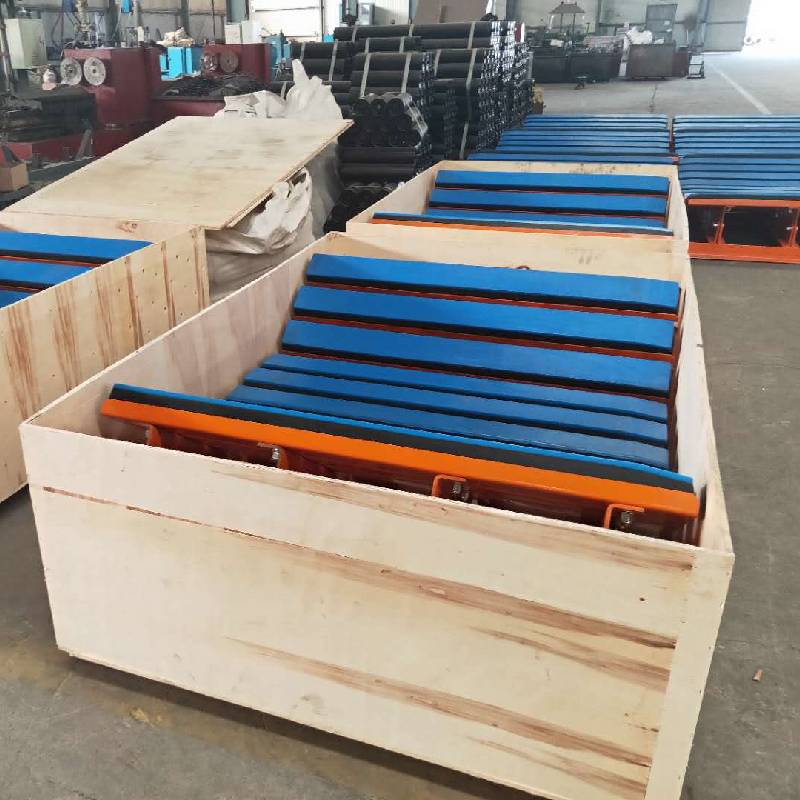 Afrikaans
Afrikaans  Albanian
Albanian  Amharic
Amharic  Arabic
Arabic  Armenian
Armenian  Azerbaijani
Azerbaijani  Basque
Basque  Belarusian
Belarusian  Bengali
Bengali  Bosnian
Bosnian  Bulgarian
Bulgarian  Catalan
Catalan  Cebuano
Cebuano  Corsican
Corsican  Croatian
Croatian  Czech
Czech  Danish
Danish  Dutch
Dutch  English
English  Esperanto
Esperanto  Estonian
Estonian  Finnish
Finnish  French
French  Frisian
Frisian  Galician
Galician  Georgian
Georgian  German
German  Greek
Greek  Gujarati
Gujarati  Haitian Creole
Haitian Creole  hausa
hausa  hawaiian
hawaiian  Hebrew
Hebrew  Hindi
Hindi  Miao
Miao  Hungarian
Hungarian  Icelandic
Icelandic  igbo
igbo  Indonesian
Indonesian  irish
irish  Italian
Italian  Japanese
Japanese  Javanese
Javanese  Kannada
Kannada  kazakh
kazakh  Khmer
Khmer  Rwandese
Rwandese  Korean
Korean  Kurdish
Kurdish  Kyrgyz
Kyrgyz  Lao
Lao  Latin
Latin  Latvian
Latvian  Lithuanian
Lithuanian  Luxembourgish
Luxembourgish  Macedonian
Macedonian  Malgashi
Malgashi  Malay
Malay  Malayalam
Malayalam  Maltese
Maltese  Maori
Maori  Marathi
Marathi  Mongolian
Mongolian  Myanmar
Myanmar  Nepali
Nepali  Norwegian
Norwegian  Norwegian
Norwegian  Occitan
Occitan  Pashto
Pashto  Persian
Persian  Polish
Polish  Portuguese
Portuguese  Punjabi
Punjabi  Romanian
Romanian  Russian
Russian  Samoan
Samoan  Scottish Gaelic
Scottish Gaelic  Serbian
Serbian  Sesotho
Sesotho  Shona
Shona  Sindhi
Sindhi  Sinhala
Sinhala  Slovak
Slovak  Slovenian
Slovenian  Somali
Somali  Spanish
Spanish  Sundanese
Sundanese  Swahili
Swahili  Swedish
Swedish  Tagalog
Tagalog  Tajik
Tajik  Tamil
Tamil  Tatar
Tatar  Telugu
Telugu  Thai
Thai  Turkish
Turkish  Turkmen
Turkmen  Ukrainian
Ukrainian  Urdu
Urdu  Uighur
Uighur  Uzbek
Uzbek  Vietnamese
Vietnamese  Welsh
Welsh  Bantu
Bantu  Yiddish
Yiddish  Yoruba
Yoruba  Zulu
Zulu impact idler roller
Understanding the Impact of Idler Rollers in Conveyor Systems
Idler rollers are critical components in conveyor systems, playing a vital role in ensuring the smooth and efficient operation of material handling. While often overlooked, these components significantly impact the overall performance and reliability of conveyor belts. This article delves into the importance of idler rollers, their types, and their influence on conveyor system efficiency, maintenance, and longevity.
What are Idler Rollers?
Idler rollers are unpowered rollers that support the conveyor belt during its operation. They are designed to maintain the tension and alignment of the belt as it moves along the conveyor system. Without idler rollers, the belt would sag, leading to misalignment, increased wear, and potential failure of the system. Idler rollers are essential for ensuring that materials are transported efficiently from one point to another, making them indispensable in various industries, including mining, manufacturing, and logistics.
Types of Idler Rollers
Idler rollers come in various types, each tailored for specific applications and environments. Some common types include
1. Standard Idler Rollers These are the most common type, designed for general-purpose applications. They can support heavy loads and are built to withstand rugged conditions.
2. Impact Idler Rollers Designed specifically for areas where bulk materials fall onto the conveyor belt, impact idler rollers absorb energy and reduce wear. They are crucial in minimizing damage from heavy loads, especially in quarrying and mining industries.
3. Return Idler Rollers These rollers are located on the return side of the conveyor, supporting the belt as it returns to the loading point. They help in maintaining the belt's proper alignment and tension.
4. Training Idler Rollers These rollers are used to adjust the belt’s alignment and prevent it from drifting side to side. Properly aligned belts are crucial for the system's efficiency and durability.
Impact of Idler Rollers on Conveyor Efficiency
The efficiency of a conveyor system is significantly influenced by the design and condition of idler rollers
. Here are a few ways in which idler rollers impact conveyor performanceimpact idler roller

1. Reduced Friction Properly functioning idler rollers help in minimizing friction between the conveyor belt and the rollers. Lower friction translates to less energy consumption, leading to cost savings in power usage.
2. Proper Load Distribution Idler rollers support the material load evenly across the conveyor belt. This proper distribution helps in preventing undue stress and wear on the belt, which can lead to costly downtimes and replacements.
3. Minimized Wear and Tear Impact idler rollers mitigate the risks of wear and tear caused by heavy falling materials. By absorbing impacts, they extend the life of both the actuator and the conveyor belt.
4. Improved Maintenance The condition of idler rollers is directly linked to the need for maintenance in conveyor systems. Regular inspection and replacement of worn-out rollers can lead to fewer breakdowns and an overall smoother operation.
Maintenance Considerations
To ensure the longevity and efficiency of idler rollers, regular maintenance is necessary. Here are some maintenance tips
1. Routine Inspections Regularly inspect idler rollers for signs of wear, misalignment, or damage. Early detection of issues can prevent more significant problems down the road.
2. Lubrication Proper lubrication of the roller bearings can significantly enhance their lifespan and reduce friction, contributing to overall system efficiency.
3. Timing Replacements Be proactive in replacing idler rollers that show signs of wear. Waiting too long can lead to larger issues within the conveyor system.
4. Addressing Misalignment If a conveyor belt is misaligned, it can cause uneven wear on idler rollers. Ensure proper adjustments are made to maintain alignment and functionality.
Conclusion
Idler rollers play a critical role in the functionality and efficiency of conveyor systems. Their impact on reducing friction, ensuring proper load distribution, and minimizing wear emphasizes their importance across various industries. By investing in high-quality idler rollers and maintaining them appropriately, businesses can enhance the reliability and efficiency of their material handling operations, ultimately leading to increased productivity and reduced operational costs. In the fast-paced world of logistics and manufacturing, understanding and optimizing the role of idler rollers is not just beneficial but essential for sustained success.
-
Revolutionizing Conveyor Reliability with Advanced Rubber Lagging PulleysNewsJul.22,2025
-
Powering Precision and Durability with Expert Manufacturers of Conveyor ComponentsNewsJul.22,2025
-
Optimizing Conveyor Systems with Advanced Conveyor AccessoriesNewsJul.22,2025
-
Maximize Conveyor Efficiency with Quality Conveyor Idler PulleysNewsJul.22,2025
-
Future-Proof Your Conveyor System with High-Performance Polyurethane RollerNewsJul.22,2025
-
Driving Efficiency Forward with Quality Idlers and RollersNewsJul.22,2025





























